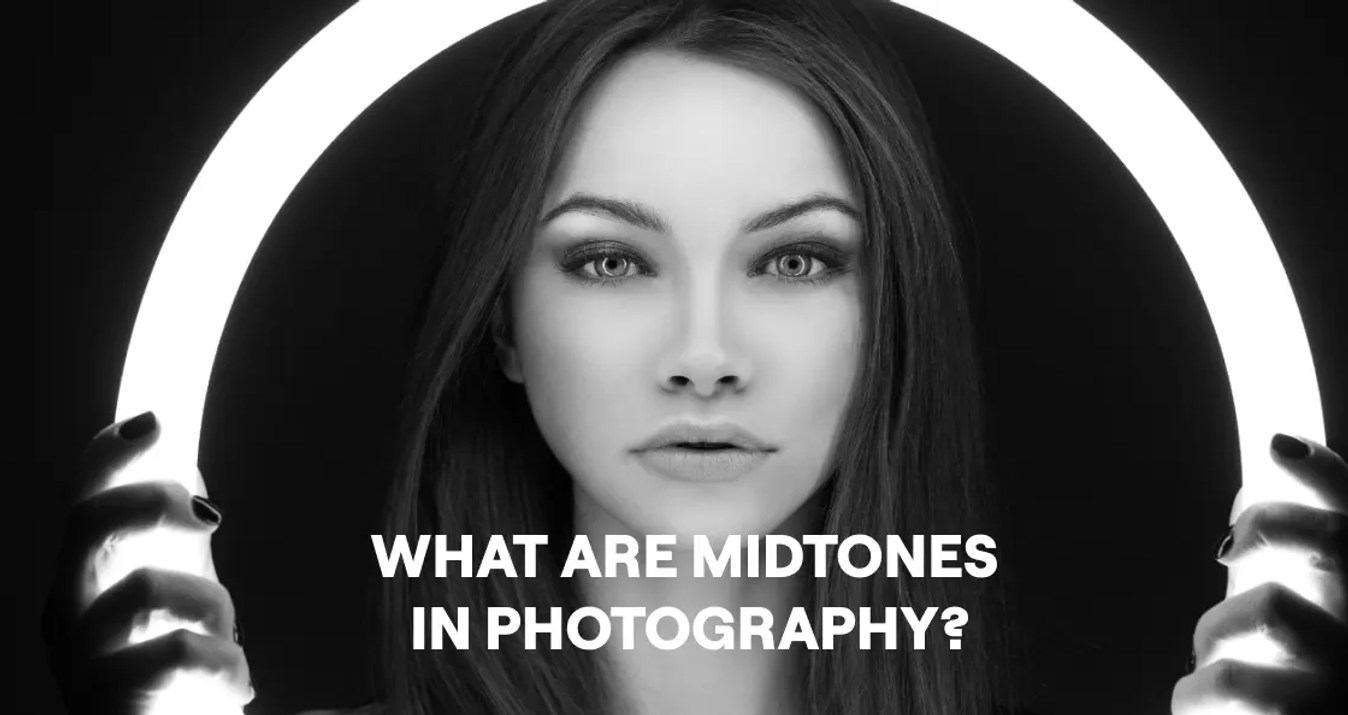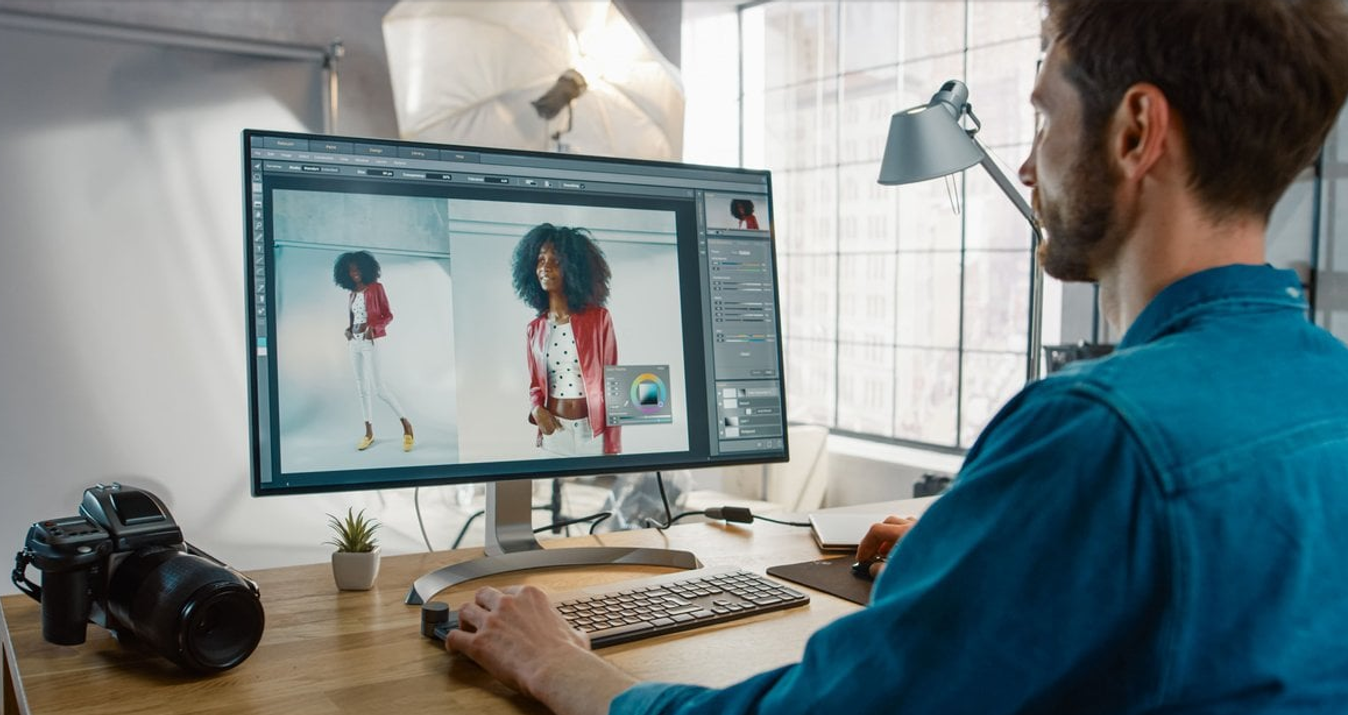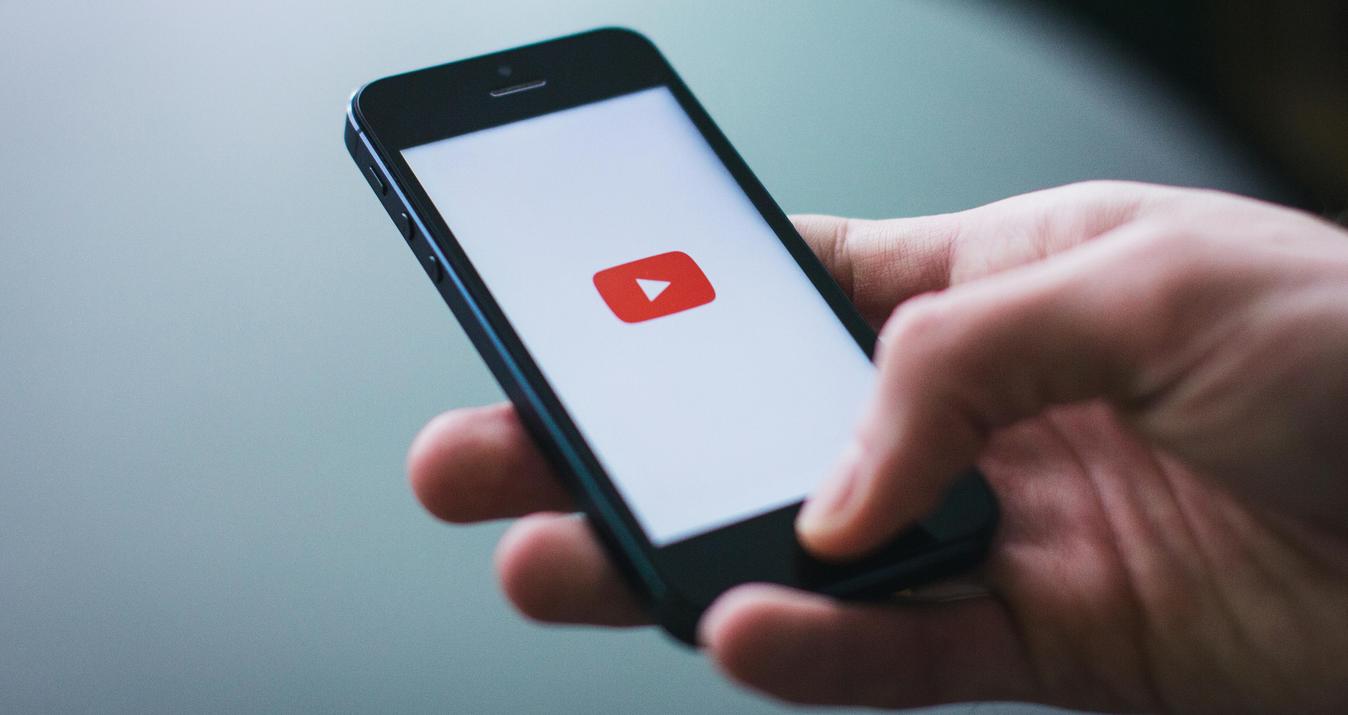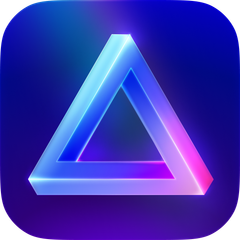Best Drone for Beginners in 2025
Last Updated on January 13, 2025
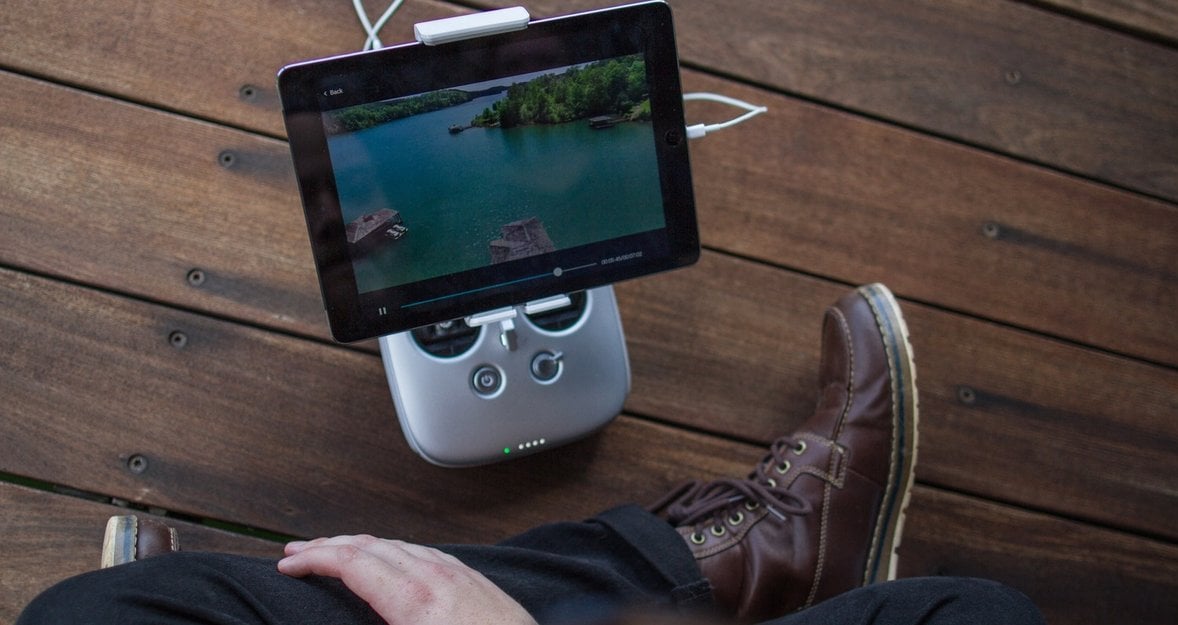
Ready to take off? Here’s how to pick the best drone for beginners without the stress.
Drones aren’t just fun gadgets anymore—they’ve become a way to capture stunning views, try new hobbies, or even take your first steps into photography or video. But if you’re just getting started, choosing the right quadcopter can be seriously overwhelming. With so many options, how do you know which one fits your needs?
Starting out with a first one often means fumbling through crashes (yes, even into trees) and figuring out what makes this flying device truly beginner-friendly. In 2025, options have never been better. Brands like DJI, Autel, and HoverAir offer drones that are easy to fly, full of features, and affordable. Whether it’s capturing stunning 4K footage or just having fun zipping around the backyard, this guide highlights the best beginner models to help take flight with confidence.
Best Drones for Beginners in 2025
Here’s a look at the top drones for beginners in 2025. These models have been carefully tested and researched to be user-friendly, reliable, and ideal for new pilots. Whether on a budget or ready for something premium, there’s a great option for every kind of flyer.
1. DJI Mini 4K: Best Drone for Beginners Overall
 Price: Around $249 (base kit with controller)
Price: Around $249 (base kit with controller)
If you’re looking for the best beginner drone that balances price, performance, and ease of use, the DJI Mini 4K is tough to beat. Weighing just 249 grams, this flying gadget is light enough to skip FAA registration in the US, making it a hassle-free choice for new pilots. Its 4K camera that captures crisp, vibrant footage, and the three-axis gimbal keeps your shots smooth even if your flying skills are a bit wobbly. The first flight with a DJI Mini feels almost effortless, thanks to features like GPS-assisted return-to-home and preset QuickShots that easily create cinematic moves.
Your AI-Powered Photo Editor for MacOS and Windows
Discover Now!What makes it stand out? The DJI Fly app is a game-changer, guiding you through controls with tutorials that feel like a patient friend holding your hand. Plus, with a 31-minute flight time and level 5 wind resistance, it’s forgiving for outdoor flights. If you’re into photography, you can pair your footage with Free Photo Editor for Beginners to polish those aerial shots.
Pros: 4K camera, long battery life, intuitive app, no FAA registration needed.
Cons: No obstacle avoidance, so you’ll need to be cautious.
2. Ryze Tello: Best Budget Beginner Drone
 Price: Around $99
Price: Around $99
For those dipping their toes into droning without committing to a big investment, the Ryze Tello is the best beginners drone on a budget. Priced under $100, this tiny flying gadget (80 grams) is perfect for indoor flying or calm outdoor days. It’s powered by DJI technology, so you get solid flight controls and a 5MP camera that shoots 720p video—decent for learning the ropes. The Tello is perfect for experimenting with flips through the Tello Edu app. It offers a fun way to learn basic flight mechanics without the risk of damaging an expensive device.
The downside? It only flies for about 13 minutes and struggles a bit in windy conditions, so it’s not the best choice for serious outdoor adventures. But honestly, for the price, it’s a great drone for beginners who just want to practice and get comfortable before moving up.
Pros: Super affordable, easy to fly, programmable for learning.
Cons: Limited camera quality, short battery life.
3. DJI Mini 4 Pro: Premium Drone for Beginners
 Price: Around $759 (with remote)
Price: Around $759 (with remote)
If you’ve got a bigger budget and want a top beginner drone with advanced features, the DJI Mini 4 Pro is a premium pick. At 249 grams, it’s still registration-free in the US, but it packs pro-level features like 360-degree obstacle avoidance and a 4K HDR camera that shoots 10-bit video. This quadcopter impresses by effortlessly dodging branches, almost like having a built-in safety net during the learning process. With a 34-minute flight time and an upgraded controller featuring a built-in screen, flying becomes a true joy.
It’s pricier than the Mini 4K, but if you’re serious about aerial photography, this drone grows with you. You can enhance your shots using Luminar Neo, a powerful editing tool that makes your footage pop.
Pros: Obstacle avoidance, excellent camera, long flight time.
Cons: Higher price point, overkill for casual flyers.
4. Autel Evo Nano+: DJI Alternative for Beginner Pilots
 Price: Around $679
Price: Around $679
Not everyone wants a DJI model, and the Autel Evo Nano+ is a stellar alternative for the best drone for a beginner looking for something different. This 249-gram drone boasts a 4K camera with a 1/1.28-inch sensor, delivering vibrant colors and solid low-light performance. Its three-axis obstacle detection (front, rear, bottom) gave me confidence when flying through tight spaces during a camping trip. The Autel Sky app is intuitive, and features like SkyPortrait and Cinematic Shots make it easy to capture pro-looking footage.
The catch? It’s a bit pricier than the DJI Mini 4K, and the 28-minute flight time is slightly shorter. Still, it’s a great choice if you want a non-DJI gadget with comparable features.
Pros: Excellent camera, obstacle detection, no FAA registration.
Cons: Slightly shorter flight time, less brand support than DJI.
5. BetaFPV Cetus X: Beginner FPV Drone
 Price: Around $280 (full kit)
Price: Around $280 (full kit)
For thrill-seekers wanting to try first-person view (FPV) flying, the BetaFPV Cetus X is one of the best beginner drones for FPV. This kit comes with everything you need—device, goggles, and controller—making it a low-risk entry into immersive flying. At 116 grams, it’s super light and durable, surviving crashes with ease. The 1080p camera feeds live video to the goggles, giving you a pilot’s-eye view that feels like a video game. It’s perfect for learning FPV basics indoors or in open spaces.
The downside is the 5-minute flight time, so you’ll want extra batteries. It’s also not great for photography, as it’s built for flying, not capturing cinematic shots.
Pros: Complete FPV kit, durable, immersive experience.
Cons: Short battery life, no high-quality camera.
6. Potensic Atom: Budget DJI Alternative
 Price: Around $329
Price: Around $329
The Potensic Atom is a fantastic, good drones for beginners option for those who want a DJI alternative without spending a fortune. This 249-gram drone offers a 4K camera with a three-axis gimbal for smooth video and 12MP or 48MP stills. During a family trip, the ease of flying stood out thanks to the Visual Tracking mode and an intuitive app. A 32-minute flight time matches the DJI Mini 4K, while the foldable design adds travel convenience.
However, it lacks obstacle avoidance, so you’ll need to be careful. For the price, it’s a solid competitor to DJI’s budget models.
Pros: Affordable, 4K camera, long flight time.
Cons: No obstacle sensors, camera quality not as sharp as DJI.
7. HoverAir X1 Pro: Best Selfie Drone for Beginners
 Price: Around $499
Price: Around $499
If you’re all about capturing epic selfies or vlogs, the HoverAir X1 Pro is the best drone to buy for beginners who want a hands-free experience. This 191.5-gram model takes off from your palm, follows you with AI tracking, and shoots 4K video at 60fps. During cycling trips, it keeps up effortlessly, capturing smooth footage without needing manual control. Enclosed propellers ensure safety indoors, while compatible applications enhance the flying experience.
The trade-off? Its 16-minute flight time is short, and it’s best for quick, planned shots rather than long flights.
Pros: Hands-free operation, great for selfies, no FAA registration.
Cons: Short battery life, limited manual controls.
8. DJI Neo: Multi-Control Drone for Beginners
 Price: Around $199
Price: Around $199
The DJI Neo stands out as a top pick for beginner drones thanks to its versatility. Weighing just 135 grams, it’s super lightweight and doesn’t need FAA registration. Plus, it can be flown using voice commands, a smartphone app, or an optional remote, offering great flexibility for those just starting out. It’s 4K camera with a 1/1.3-inch sensor that captures solid footage for social media, and the 18-minute flight time is decent for its size. The device launched from the hand and followed effortlessly during a hike, thanks to AI subject tracking.
The lack of a true three-axis gimbal and limited storage (22GB internal) are drawbacks, but it’s a fun, affordable option for new pilots.
Pros: Multiple control options, lightweight, AI tracking.
Cons: No SD card slot, shorter flight time.
How to Choose the Best Beginner Drone in 2025
 Choosing the best drone for beginner pilots isn’t just about picking the shiniest model—it’s about finding one that matches your goals, budget, and skill level. Here’s what to consider.
Choosing the best drone for beginner pilots isn’t just about picking the shiniest model—it’s about finding one that matches your goals, budget, and skill level. Here’s what to consider.
What Features Matter for Beginner Drone Pilots?
As a beginner, you want a drone that’s forgiving and easy to control. Look for features like GPS for stable hovering, a return-to-home function to avoid losing your flying machine, and a user-friendly app. The DJI Fly app, for example, is a lifesaver with its tutorials and clear interface. Models under 250 grams, like the DJI Mini 4K or Autel Evo Nano+, are great because they don’t require FAA registration for recreational use in the US. Also, consider flight time—20-30 minutes gives you enough time to practice without constant recharging.
What’s the Best Drone for Beginner Photography and Video?
If you’re into capturing stunning shots, prioritize a drone with a 4K camera and a three-axis gimbal for stabilization. The DJI Mini 4 Pro and Autel Evo Nano+ are top picks for their image quality. For portrait-style aerial shots, check out Best Cameras for Portraits to complement your remote-controlled photography. Automated flight modes like QuickShots or Cinematic Shots make it easy to get professional-looking footage without advanced skills.
What’s the Best Drone for Beginners Flying Outdoors?
Outdoor flying can be tricky with wind and obstacles. Models with level 5 wind resistance, like the Potensic Atom or DJI Mini 4K, handle gusts well. Obstacle avoidance, found on the DJI Mini 4 Pro, is a bonus for dodging trees or buildings. Always check local regulations—apps like those listed in Drone Apps can help you find safe flying zones.
Top Beginner Drones That Don’t Require FAA Registration
A big plus for new pilots is picking a drone that doesn’t need FAA registration in the US for recreational use. If a flying device weighs less than 250 grams, it’s exempt, which means less hassle and no paperwork. Going with a sub-250g model makes getting started a lot easier and lets the focus stay on flying instead of rules. Here’s a quick rundown of the good flying instruments for beginners from our list that fit this category:
DJI Mini 4K (249g): The best beginner drones for overall value, with a 4K camera and 31-minute flight time. Perfect for hassle-free flying.
DJI Mini 4 Pro (249g): A premium option with obstacle avoidance and stunning 4K HDR video, ideal for those who want advanced features without registration.
Autel Evo Nano+ (249g): A solid DJI alternative with a vibrant 4K camera and three-way obstacle detection.
Potensic Atom (249g): Budget-friendly with a 4K camera and long flight time, great for outdoor adventures.
HoverAir X1 Pro (191.5g): The best drone for beginners focused on selfies, with AI tracking and a safe, enclosed design.
DJI Neo (135g): Ultra-light and versatile, offering voice control and a 4K camera for casual pilots.
Ryze Tello (80g): The cheapest option, perfect for learning indoors or in calm conditions.
BetaFPV Cetus X (116g): A lightweight FPV drone for immersive flying without the need for registration.
These drones let you focus on learning to fly rather than dealing with regulations. Just make sure to follow local laws, like staying below 400 feet and avoiding restricted airspace. A quick tip: using apps can help you check no-fly zones and plan safe flights.
Luminar Neo: The Perfect Editing Software for Drone Photography
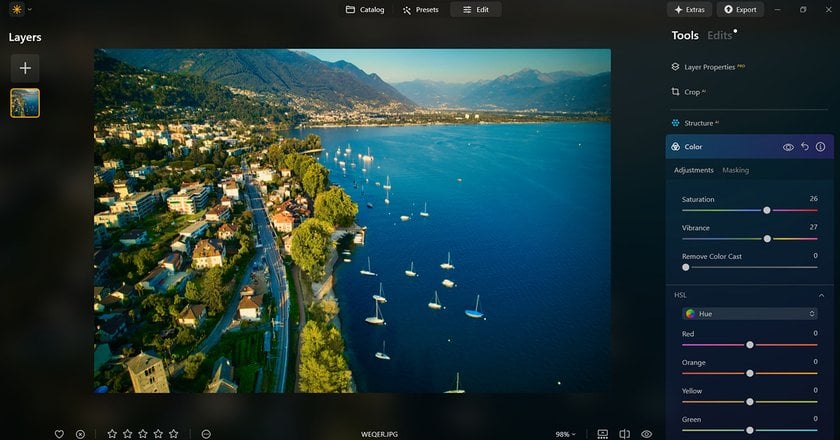
Once you’ve captured those gorgeous aerial shots, you’ll want to make them shine. That’s where Luminar Neo comes in—a beginner-friendly photo editing tool that’s perfect for drone photography. Spending hours tweaking drone footage gets a lot easier with this editor’s AI-powered tools, like Sky Replacement and Enhance AI. These features quickly turn ordinary shots into stunning images without hassle. For instance, a slightly dull sunset captured with a DJI Mini 4K can be enhanced by using Luminar Neo’s Layer Masking to boost colors and add a dramatic sky, without losing a natural look.
Exclusive Tools of Endless Possibilities in One AI Editor
Explore Now!Why is it great for beginners? The interface is intuitive, and you don’t need to be a Photoshop pro to get professional results. You can adjust lighting, remove unwanted objects (like that random power line in your shot), or even enhance details in your landscapes. If you’re also dabbling in ground-based photography, pair it with tips to up your game across the board. For newbies, this editor is a must-have to make your footage pop on social media or in your portfolio.
Here’s a quick guide to using Luminar Neo for drone shots:
Feature | Why It’s Great for Drone Photos |
Enhance AI | Instantly improves exposure and color for vibrant aerial shots. |
Sky Replacement | Transforms dull skies into dramatic backdrops. |
Layer Masking | Allows precise edits on specific parts of your image. |
Remove Tool | Erases unwanted objects like wires or birds in your frame. |
Best Drone for Beginner in 2025
Picking the best drone for a beginner in 2025 comes down to what you want to achieve. If you’re after an all-around champ, the DJI Mini 4K is hard to beat for its price, 4K camera, and ease of use. On a tight budget? The Ryze Tello is a fantastic starting point to learn the basics. For those ready to splurge, the DJI Mini 4 Pro offers premium features like obstacle avoidance that grow with your skills. If selfies are your thing, the HoverAir X1 Pro is a hands-free dream, while the BetaFPV Cetus X is perfect for diving into FPV flying.
No matter which drone you choose, start small, practice in open spaces, and have fun. They are all about exploring new perspectives, whether you’re capturing your neighborhood from above or chasing adventure in the great outdoors. Pair your camera with tools like Luminar Neo to make your footage stand out, and don’t be afraid to crash a few times—it’s all part of the learning curve. Here’s to soaring high in 2025!
FAQs
What is the Best Drone for Beginners in 2025?
The DJI Mini 4K takes the crown as the best beginner drone for 2025. It’s affordable (around $249), lightweight (249g, no FAA registration needed), and packs a 4K camera with a three-axis gimbal for smooth footage. Its 31-minute flight time and user-friendly DJI Fly app make it forgiving for newbies. If you want a budget option, the Ryze Tello ($99) is great for learning, while the DJI Mini 4 Pro ($759) is ideal for those wanting advanced features like obstacle avoidance.
Which Beginner Drone is Best for Photography?
For photography, the DJI Mini 4 Pro is the best beginners drones choice, thanks to its 4K HDR camera, 10-bit color, and three-way obstacle avoidance for safer shots. The Autel Evo Nano+ is a close second with its vibrant 4K sensor and low-light performance. Both produce stunning stills and videos, especially when paired with an editor to enhance your shots. For selfie-focused photography, the HoverAir X1 Pro excels with AI tracking and 4K/60fps video.
What Budget Should Beginners Expect?
Your budget for a model for beginner pilots depends on your goals, but here’s a breakdown:
Under $100: The Ryze Tello is perfect for learning basics indoors or in calm conditions. Great for kids or absolute beginners.
$200-$350: The DJI Mini 4K ($249) and Potensic Atom ($329) offer 4K cameras and longer flight times, ideal for most beginners.
$400-$800: Premium options like the DJI Mini 4 Pro ($759) or Autel Evo Nano+ ($679) provide advanced features like obstacle avoidance and pro-level cameras.
Accessories: Budget $50-$150 for extra batteries, a carrying case, or ND filters for better video in bright light.
A good starting point is $250-$400 for a reliable drone with solid features. Don’t forget to factor in editing software like Luminar Neo if you’re into photography.
What’s the Easiest Drone for Beginners to Fly?
The DJI Neo is the easiest drone to fly for beginners, thanks to its multiple control options—voice commands, smartphone app, or optional remote. At 135 grams, it’s super light, and its AI subject tracking lets you focus on fun rather than complex controls. The DJI Mini 4K is another great choice, with GPS stabilization and a return-to-home feature that feels like a safety net. Both have intuitive apps that guide you through takeoff and landing, making your first flights stress-free.
Do Beginners Need a License to Fly a Drone?
In the US, you don’t need a license for recreational drone flying if it weighs under 250 grams (like the DJI Mini 4K, DJI Neo, or HoverAir X1 Pro) and you follow FAA rules—stay below 400 feet, avoid restricted airspace, and fly within sight. For models over 250 grams or for commercial use, you’ll need to register with the FAA ($5) and possibly get a Part 107 license for commercial flights. Before you fly, it’s always smart to check local rules and use reliable drone apps to stay on track. Outside the US, the regulations can really vary—some places even ask for permits, no matter how small your aircraft is. Staying informed helps you avoid surprises and keeps everything safe and simple.


